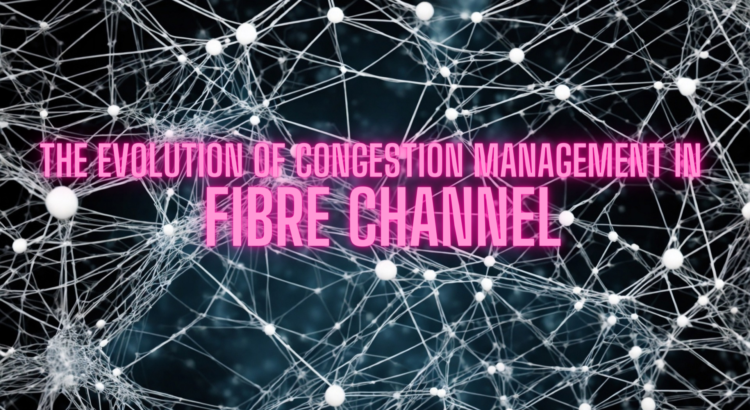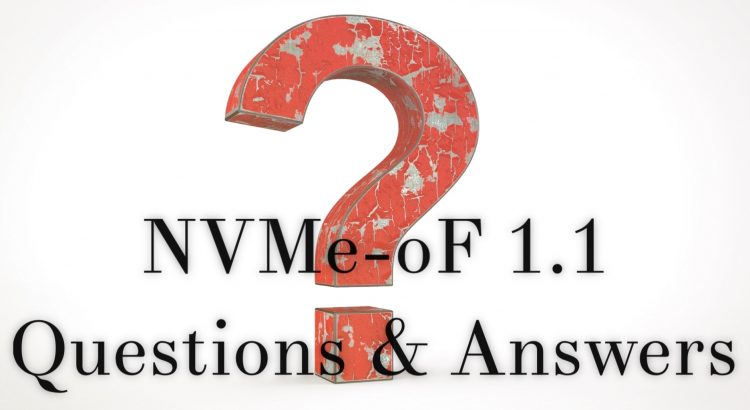At SNIA, we are dedicated to staying on top of storage trends and technologies to fulfill our mission as a  globally recognized and trusted authority for storage leadership, standards, and technology expertise. For the last several years, the Ethernet Storage Forum has been working hard to provide high quality educational and informational material related to all kinds of storage.
globally recognized and trusted authority for storage leadership, standards, and technology expertise. For the last several years, the Ethernet Storage Forum has been working hard to provide high quality educational and informational material related to all kinds of storage.
From our “Everything You Wanted To Know About Storage But Were Too Proud To Ask” series, to the absolutely phenomenal (and required viewing) “Storage Performance Benchmarking” series to the “Great Storage Debates” series, we’ve produced dozens of hours of material.
Technologies have evolved and we’ve come to a point where there’s a need to understand how these systems and architectures work – beyond just the type of wire that is used. Today, there are new systems that are bringing storage to completely new audiences. From scale-up to scale-out, from disaggregated to hyperconverged, RDMA, and NVMe-oF – there is more to storage networking than just your favorite transport.
For example, when we talk about NVMe™ over Fabrics, the protocol is broader than just one way of accomplishing what you need. When we talk about virtualized environments, we need to examine the nature of the relationship between hypervisors and all kinds of networks. When we look at “Storage as a Service,” we need to understand how we can create workable systems from all the tools at our disposal.
Bigger Than Our Britches
As I said, SNIA’s Ethernet Storage Forum has been working to bring these new technologies to the forefront, so that you can see (and understand) the bigger picture. To that end, we realized that we needed to rethink the way that our charter worked, to be even more inclusive of technologies that were relevant to storage and networking.
So…
Introducing the Networking Storage Forum. In this group we’re going to continue producing top-quality, vendor-neutral material related to storage networking solutions. We’ll be talking about:
- Storage Protocols (iSCSI, FC, FCoE, NFS, SMB, NVMe-oF, etc.)
- Architectures (Hyperconvergence, Virtualization, Storage as a Service, etc.)
- Storage Best Practices
- New and developing technologies
… and more!
Generally speaking, we’ll continue to do the same great work that we’ve been doing, but now our name more accurately reflects the breadth of work that we do.
We’re excited to launch this new chapter of the Forum. If you work for a vendor, are a systems integrator, university or someone who manages storage, we welcome you to join the NSF. We are an active group that honestly has a lot of fun. If you’re one of our loyal followers, we hope you will continue to keep track of what we’re doing. And if you’re new to this Forum, we encourage you to take advantage of the library of webcasts, white papers, and published articles that we have produced here. There’s a wealth of un-biased, educational information there, we don’t think you’ll find anywhere else!
If there’s something that you’d like to hear about – let us know! We are always looking to hear about headaches, concerns, and areas of confusion within the industry where we can shed some light. Stay current with all things NSF:





